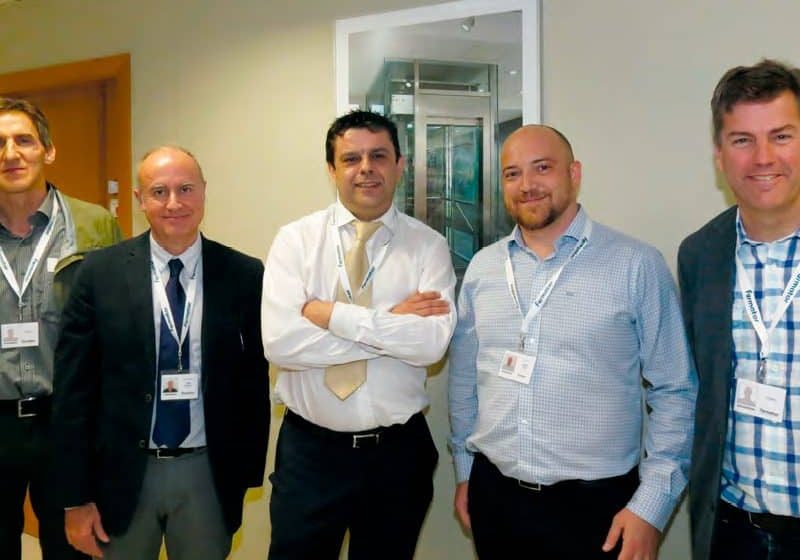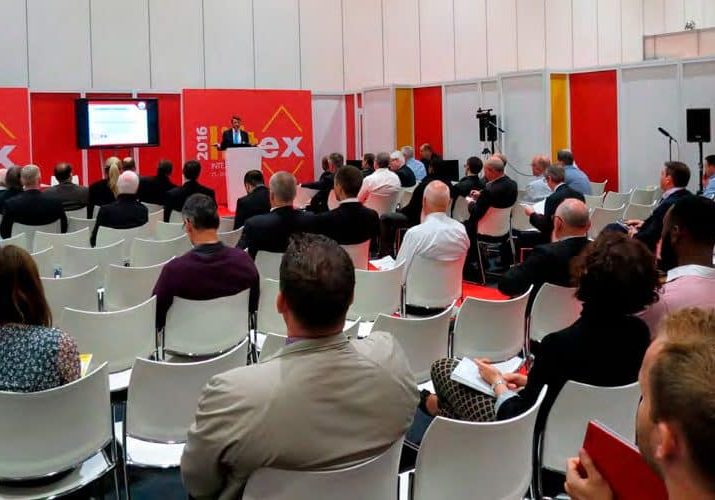This introspective Readers Platform addresses the critical topics of maintenance contracts and route overloads in the U.S.
This article is written from my perspective as an International Union of Elevator Constructors maintenance mechanic. I began working in the elevator business in the early 1980s, initially alongside my father in construction. My father had been in the elevator trade since the early 1950s. He loved this trade and always appreciated the friends he made while part of it. Like many of my coworkers, we were second- or third-generation elevator tradesmen, and in the long run, I believe the relationships we forged ultimately characterized how we cooperated in the field.
When I became a mechanic in the mid 1980s, I was given the opportunity to work a maintenance route consisting of 40 units, all Westinghouse, which gave me the time to learn many of the ins and outs of the trade and specific equipment. Over time, basic problems became much easier to fix, and as for more difficult issues, there were always experienced mechanics close by who were available and willing to assist — not only informing me how to do each job, but how to do it safely, carefully and in a way that was best for my well-being, the customer interest and the company’s bottom line.
Back then, it seemed we had more time to go slow, think things through, and there was much less on our minds as we performed our daily responsibilities.
Safety was, of course, a legitimate concern, but not in the way it is today, possibly due to the increasing frequency of accidents. Back then, it seemed we had more time to go slow, think things through, and there was much less on our minds as we performed our daily responsibilities. Every task and every tool was something with which the worker would be familiar. Working in pairs and with a large team of people involved, there was a large amount of camaraderie and cooperation in the work environment. Our supervisors consisted of many older, experienced men who were, perhaps, former union mechanics who had performed the job for many years. These supervisors oversaw their workers from a mechanic’s perspective, which certainly helped detail how the position was to be managed.
Today’s mechanics meet considerably more challenges. Companies appoint more young supervisors now, typically just removed from college, who attempt to manage the tradesmen with little to no elevator or industry knowledge. Due to labor shortages, help is scarcely available, and the opportunity to sit with a comrade and talk shop is difficult to come across. We maintain many different types of equipment, which makes it more difficult to master. Customers are becoming upset over longer waits for service and increasingly more billable charges. Commutes for workers are worse than ever. The companies scrutinize every working hour, meanwhile searching for every way to avoid us from getting a hangnail, and with more rules, the job is becoming virtually impossible to fulfill, and tasks are becoming harder to complete in a timely manner — with threats of losing our job if we cannot comply.
To be fair, I understand that the amount our companies receive per maintenance contract hasn’t changed much in 20 years, yet labor prices continue to rise. Some research into profit percentage shows this to be a healthy, recession-free industry. Return-on-investment margins and greed for bigger profits go hand in hand. The competitive nature between OEMs is the primary reason for stagnant contract prices. The desire to cut each other has allowed small independents to thrive. It has forced their hands to cut corners at every turn and find new ways to bill charges.
Today’s mechanics meet considerably more challenges. Companies appoint more young supervisors now, typically just removed from college, who attempt to manage the tradesmen with little to no elevator or industry knowledge.
The best way they see to cut corners is in labor. As mentioned before, there are fewer and fewer persons with experience, and the union employees are aging faster than we are allowed to train new ones. Large companies continue to downsize those who are actually working and communicating with the paying customers. There is no end in sight. In our service-based industry, few retiring mechanics are replaced, and there are few helpers in training to become new mechanics, as had been the successful recipe for so many years. This pattern has repeated itself over and over for, perhaps, 10 years now. The quality of new installations has deteriorated as the time allowed or specified by companies has dwindled.
Although technology has advanced to decrease labor needs, the current pattern of downsizing labor continues, and the results will show through the shrinking customer base and increasing rates of injury and death, despite an influx of extensive safety measures and rules. The next pattern to develop over the next 10 years could potentially cause more accidents to occur with the riding public. Less periodic maintenance being performed and fewer visits to jobs mean more dangerous conditions or things slipping through the cracks. Major repairs like cable replacements or machine/motor work is put off indefinitely unless units are shut down.
Each year, a route mechanic works about 230 days, including holidays and vacations. Many routes have 200-300 units. The workload continues to increase due to the fact that there are more major repairs. Inspections and call-backs all take priority over actual maintenance. The actual time remaining for preventive maintenance averages one day a year for each unit, which is exactly what the companies want for hydraulics (yearly visits). At some point, something has to give.
I sincerely hope this industry/trade continues to thrive for both our union and the signature companies, and that elevators continue to be one of the safest forms of travel. Toward that effort, I’d like to offer some advice to property managers or anyone else in charge of buildings with elevators:
- Read your contract carefully and understand what it specifically covers.
- Do not necessarily accept the lowest bidder.
- Avoid ambiguous contract terminology, such as “periodic maintenance inspection.” Instead, define weekly or monthly visits (for traction inspections), or monthly or quarterly visits (for hydraulics).
- Hold the company to its responsibilities defined in its contract.
- Get to know and have a friendly relationship with your maintenance person.
- Do not wait too long to upgrade your equipment, especially if your equipment has age checks (listed as terms like “obsolete”), as this may imply future additional charges.
Get more of Elevator World. Sign up for our free e-newsletter.







